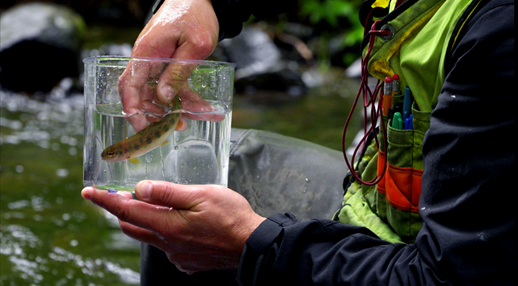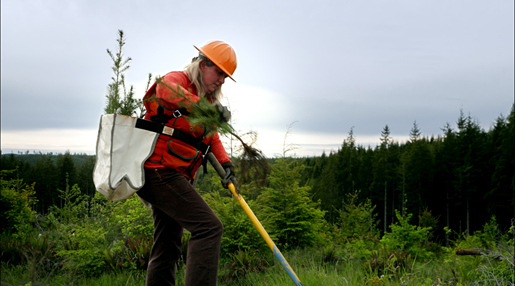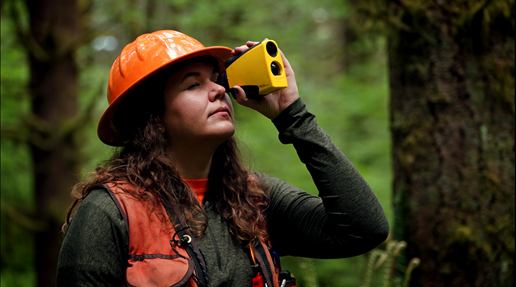Washington’s working forests have long led the way on environmental stewardship and sustainability. Recognizing early on that working forests require resilient trees and a healthy environment, Washington’s private forestland owners have embraced the guiding principle of using the best available science to improve and evolve forest practices. The certainty that good science will lead the way has contributed to a thriving, robust forestry sector that has benefited the state and local economies, society and the environment.
To highlight the state’s forward-thinking forestry sector, the Washington Forest Protection Association has introduced three videos and an updated Working Foresters website. Among the videos is a 30-second spot that illustrates how Washington’s working foresters continue to be a leader in safeguarding cool, clean waterways for fish and incorporating research-backed practices in their efforts.
And how are working forests leading the way?

Salmon recovery
Working forests provide buffer zones made of shade-producing trees and vegetation along fish-bearing waterways that help protect more than 9.3 million acres and 60,000 miles of streams. In addition, private forestland owners have invested a collective $295 million in road improvements that help prevent runoff and sediments from making their way into streams. To date, private forestland owners have removed more than 8,000 barriers to fish passage and upgraded stream crossings to make it easier for fish to migrate. The outcome has been clear, clean water and coolers streams that support spawning salmon.
 Sustainability
Sustainability
Trees are a renewable resource and Washington’s working forests demonstrate that daily, planting three trees for every one tree harvested. This ensures that working forests can continue to provide a reliable and steady supply of wood used in homebuilding, furniture making, personal care products, paper, food and countless other items that we all rely on daily to maintain our wellbeing and quality of life for generations to come. In doing so, Washington’s working support more than 101,000 workers and generate more the $5.5 billion in annual wages and $214 million in local and state taxes.

Science-based
The forestry sector is ever changing and adapting. Modern-day forestry requires expertise from wide-ranging disciplines including biology, silviculture, conservation sciences, seismology, geography, information technology, firefighting, logging, hydrology, engineering and milling. That’s because the managed forests of today rely on the latest science and peer-reviewed studies to ensure forests remain healthy and resilient and that this renewable resource continues in perpetuity. Science-based forestry practices also extend to complying with federal and state regulations to protect fish and wildlife. Consistent with statutes within the Forests and Fish Law, private forestland owners rely on science to help create and evaluate sustainable forest practices. The result: private forestland owners have taken science-backed approaches that have brought about improved aquatic and riparian habitat and water quality to better meet the ecological needs of fish.